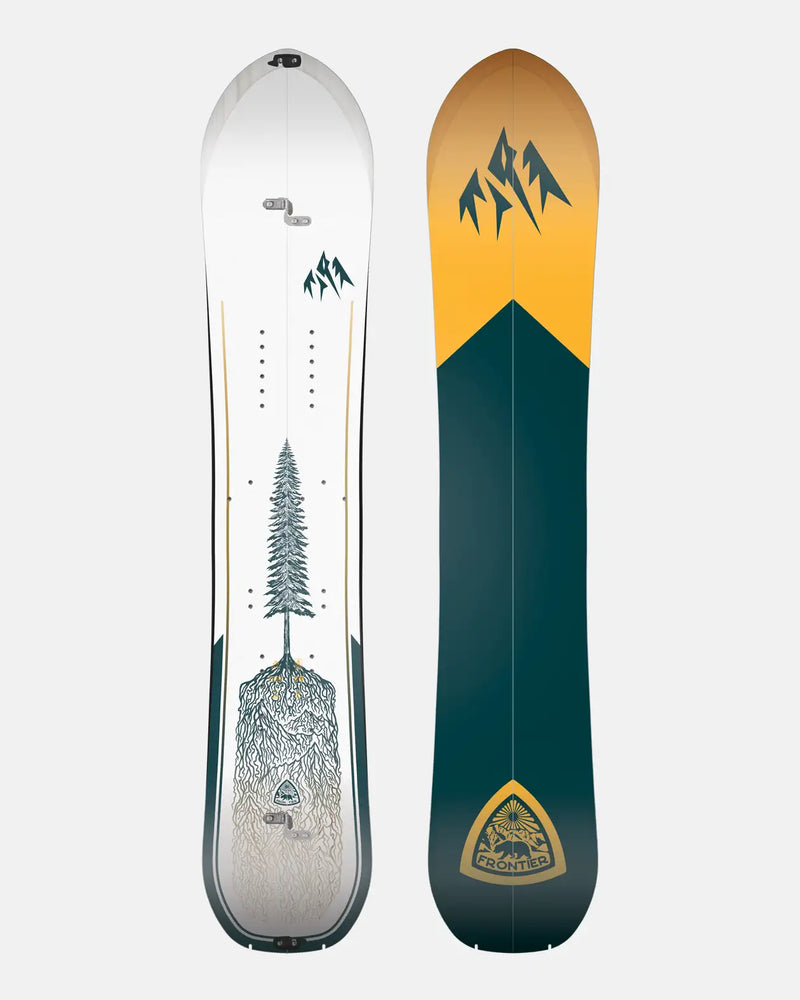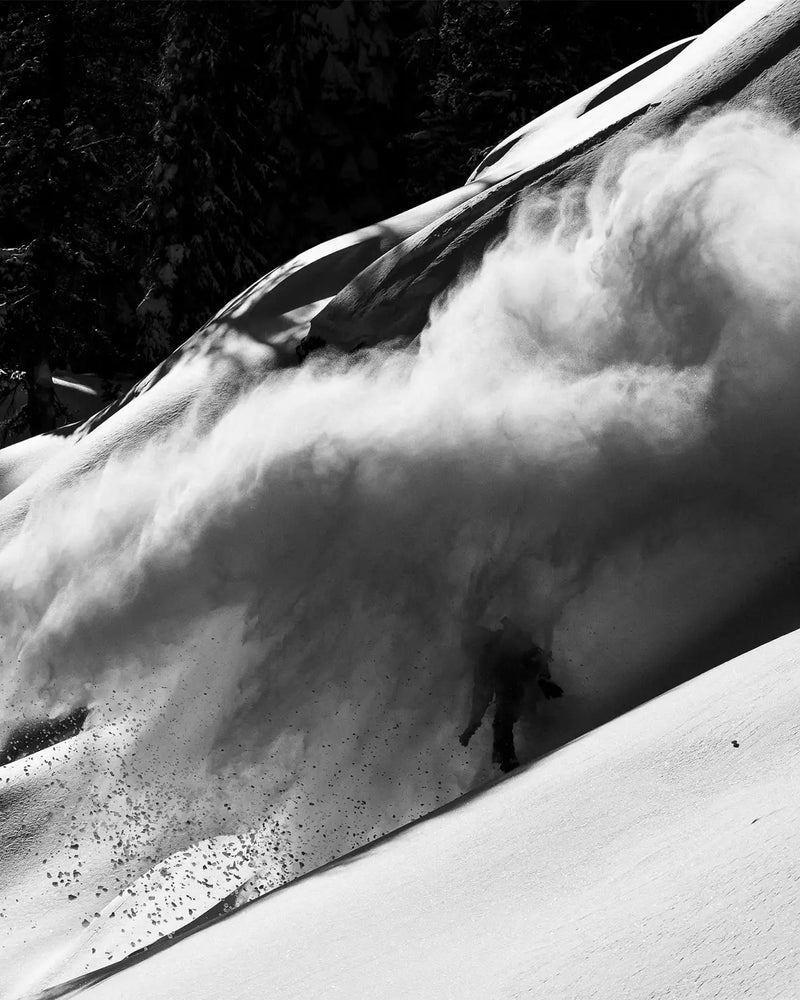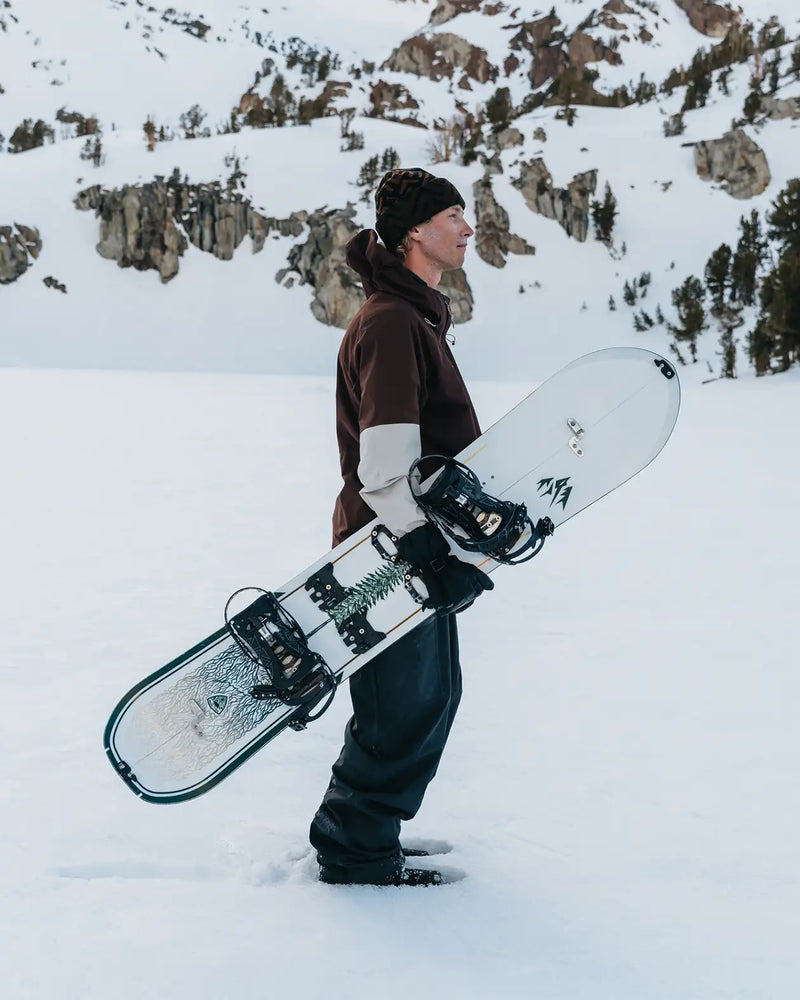Redesigning a cornerstone of the line demands patience. We didn’t set a deadline; we committed fully to the process. In fact, it became our most heavily prototyped project since the Flagship.
The Frontier 2.0 and Dream Weaver 2.0 have undergone a complete overhaul from the ground up. They’re now tuned for more float, smoother glide, and nimble turns in deep snow without sacrificing their friendly feel and confidence-inspiring stability back in bounds.











